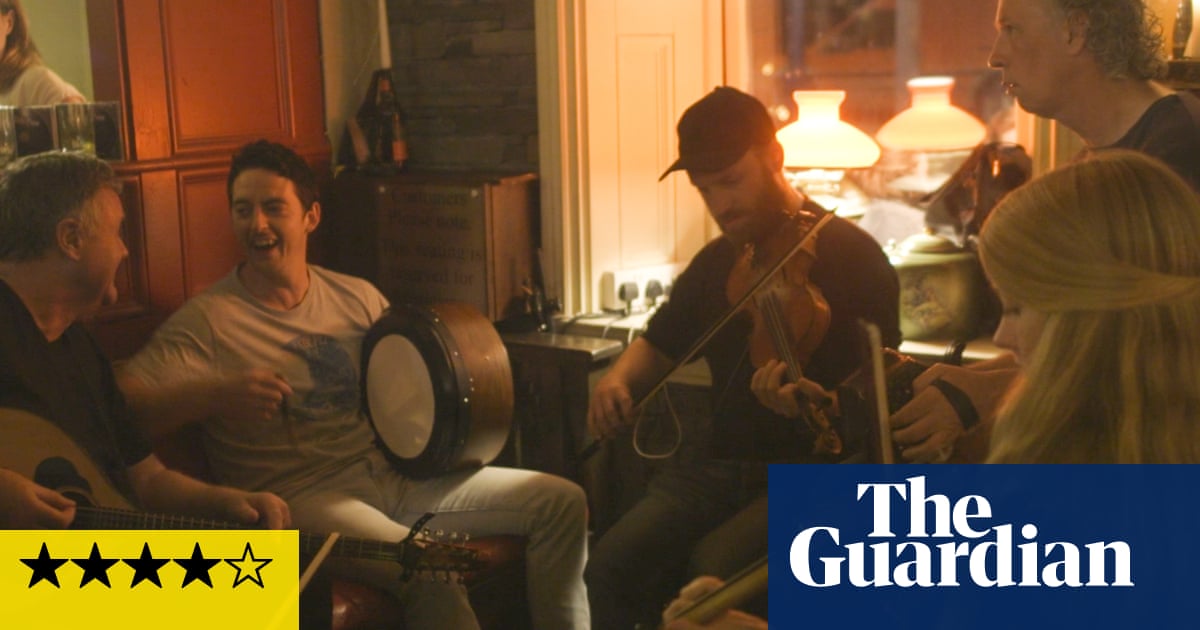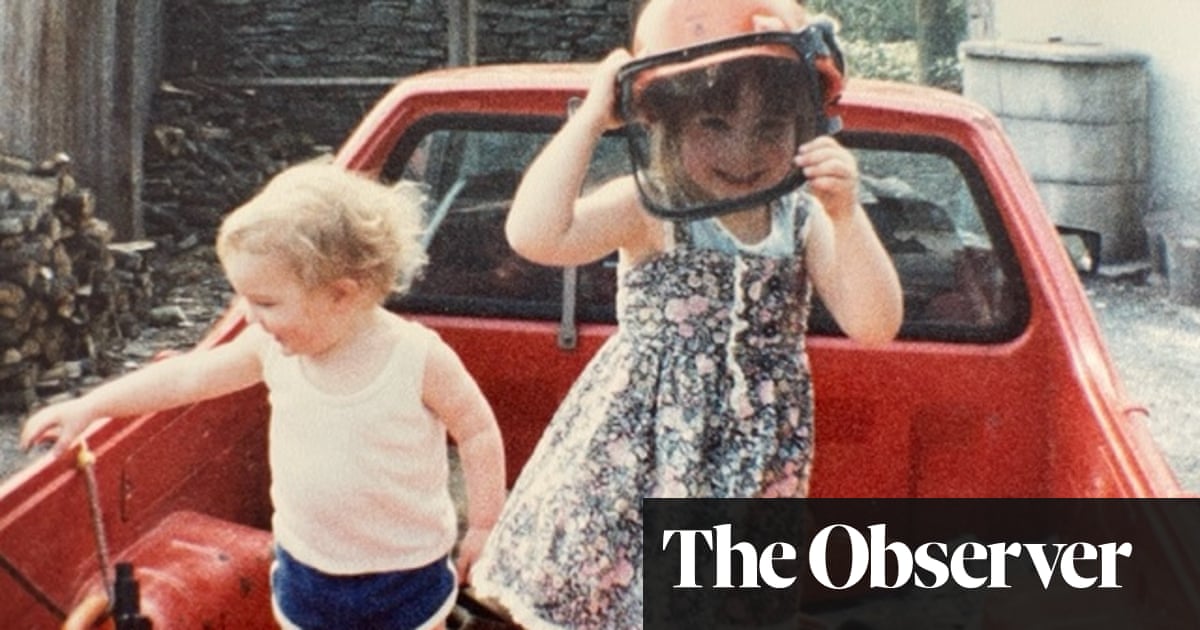
That The Banshees of Inisherin may apparently be a documentary is the main takeaway of this swift but wide- and deep-ranging investigation into the musical community of Doolin, County Clare. It’s a truism to point out the absorption with the landscape in Irish folk music, and a certain attendant melancholia. But it’s hard not to go back to such ideas when one interviewee says of nearby tourist attraction the Cliffs of Moher: “Who wants to look over a big cliff? Unless you’re thinking of jumping?”
Once a remote scrum of thatched cottages, Doolin is now on the tourist trail thanks to its uninterrupted tradition of bar-room sessions – in which all-comers are welcome to pitch in with whatever musical talent they have. The place seems to lie on a nexus of ley lines in time and space through which song and community irrepressibly well up. Christy Barry, who runs a music centre, reveals how his mother, unpaid, taught the entire village flute and fiddle. Stretching back further than the Irish famine and the subsequent waves of emigration, this melodic heritage draws on what one musician here believes amounts to a millennium of orally transmitted music.
There are thankfully no severed fingers here, but Lila Schmitz’s film diligently unpicks a paradox at the heart of Doolin’s musical continuum: that it both fends off and nourishes an endemic black dog. Everyone here acknowledges the feeling and folkloric unity contained in these ballads and airs, but the flipside is the strain of anguish that colours so many of them, and so many who sing them. As the local DJ observes: “It’s funny how a crowd of loners can be a community.” Often this unease manifests itself in alcohol abuse, as testified by singer Katie Theasby, who used to rely on “a few scoops” (ie 10 pints) to oil her performing. Now teetotal, she has found new voice.
This changing attitude to mental health and some musicians’ updated concerns – dwelling on refugees coming in, for example, rather than Irishmen who have left – shows the scene’s capacity to evolve. The DJ again: “You can live in the past, but it’s really boring and absolutely useless.” Schmitz doesn’t, though, explore this second tension, between tradition and modernity, quite as thoroughly: how, for example, does the fact that many of the session musicians are apparently paid to air this cultural commodity affect the authenticity of the experience? But otherwise this is a candid and thoughtful film.












